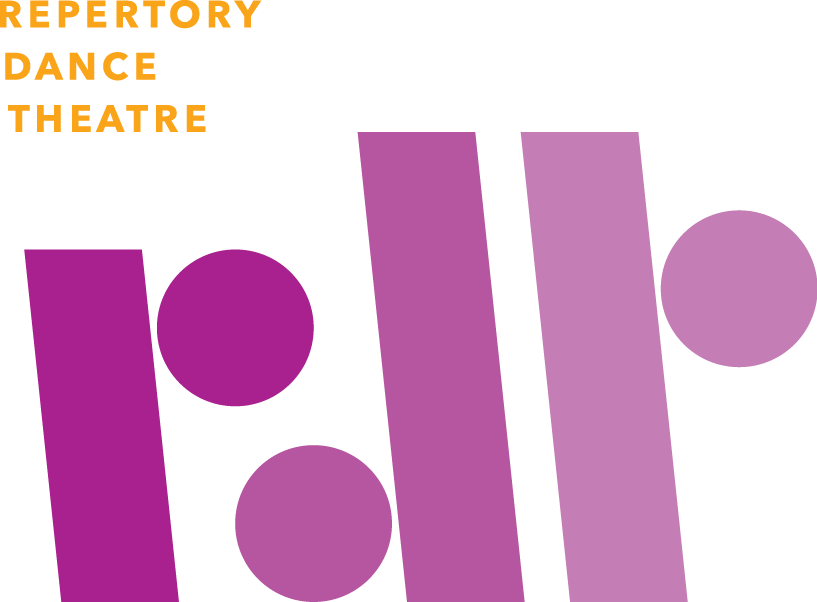-
In this lesson plan designed for grade levels K-2, students explore size and space relationships of objects through motion. Learning Objectives/Goals Using visual aide to springboard movement, investigation of levels...
-
In this movement lesson, students will use the ideas of shape (symmetrical and asymmetrical), stillness vs. movement and levels in space (high, medium and low) to move across the room. Learning Objectives/Goals Students...
-
Using creativity to design and explore three simple frozen shapes. Learning Objectives/Goals This lesson plan relates to the Shape Dance from Fin Amour, focuses on creating movement from the shapes of objects in the room....
-
In this lesson designed for elementary grades 4-6, students explore dance elements by learning about math fractions. Learning Objectives/Goals Dance Elements Time and Space, Using fractions in rhythm, Using fractions in...
-
Fractions, Rhythm and Movement
Students will use rhythm to explore different fractions with movement and within the space. Learning Objectives/Goals The understanding of a whole note, half note, quarter note and eighth note as they relate to movement,...
-
In this lesson designed for kindergarteners, students explore geometric shapes and how their bodies move through motion activity. Learning Objectives/Goals Exploration of shapes (circle, square, rectangle, triangle, etc.)...
-
Over, Under, Around and Through - Prepositions and Geometry in Movement
In this lesson designed for elementary grades 4-6, students explore shapes and positive and negative space through movement. Learning Objectives/Goals Use of Prepositions and movement (over, under, around, through, in,...
-
In this lesson, students will use the choreographic elements of direction (forward, sideways, backwards), levels (low, medium, high), speed (slow, medium, fast) and actions (verbs) to create a dance. Learning...
-
Rhythm study with Straight, Curved and Angle Lines
In this lesson plan, students will explore rhythm, using shape and 3 types of lines (straight, curved and angles). Students will work together in groups and use their counting skills while moving. Learning Objectives/Goals...
-
This is a short lesson plan using the lifecycle of a seed to explore body part movements, levels and time. Learning Objectives/Goals Students will create movement using the inspiration of a lifecycle of a seed. In the...
-
Straight Curved and Angular Pathways
Students will explore the element of shape in the their bodies and use the element of time and space to create patterns using straight, curved and angular lines. Learning Objectives/Goals Students will work with straight,...
-
Time, Space, and Energy for Kindergarten Dance
This class will focus on introducing the elements of dance (time, space and energy) to Kindergarten Students. Students will move in many different ways exploring the space around them and different ways their bodies move....

